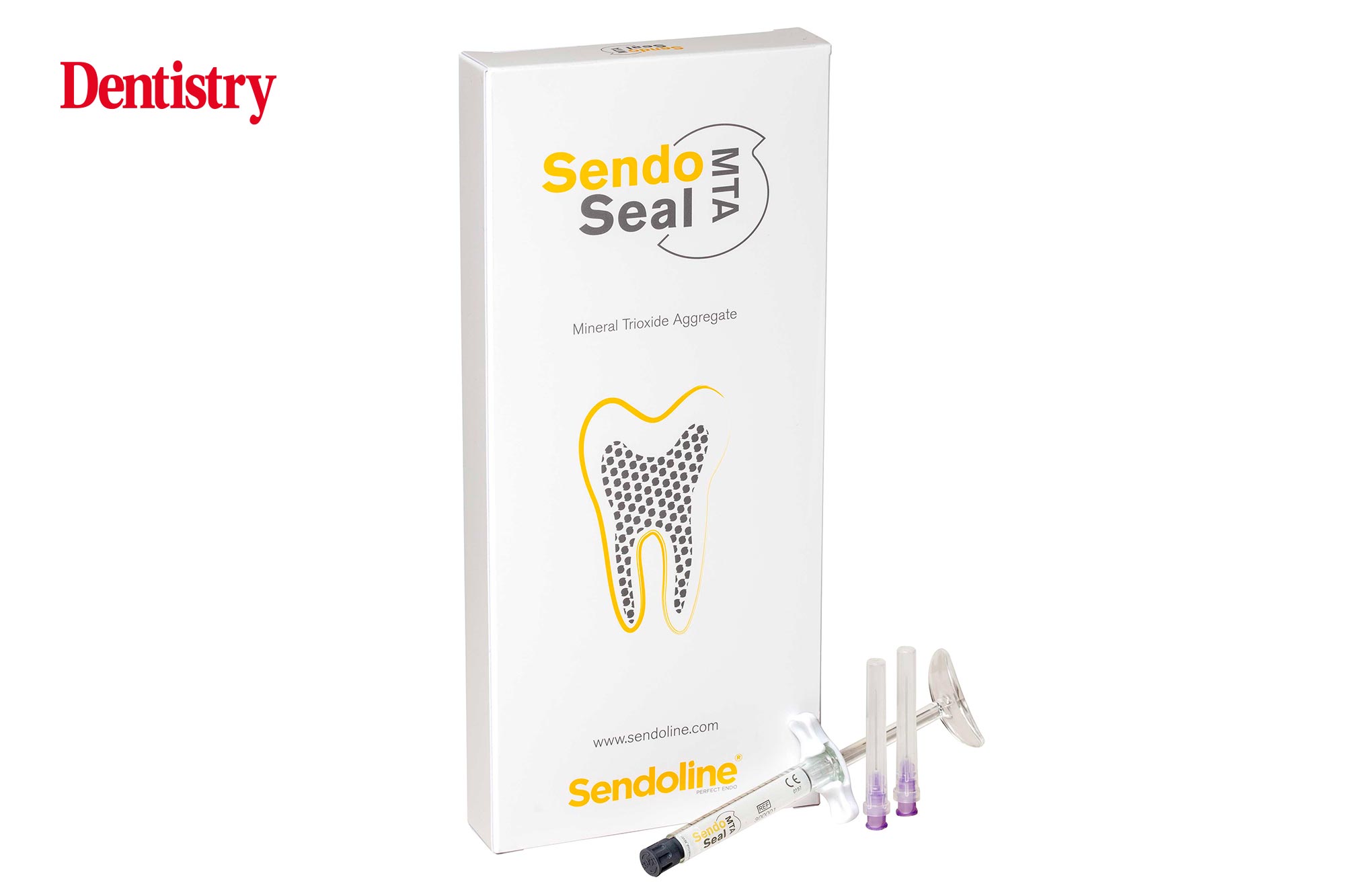James Aquilina speaks to us about Sendoseal and how he has found using it in his practice.
Please introduce yourself
I am a GDC-registered endodontist. I qualified in 1992 and completed my masters degree in endodontics in 1999.
My practice is solely limited to specialist endodontic care. I have been a member of the BES council and have chaired the local BDA section twice.
I set up and run the Bromley Endodontic Study club and have run several post graduate courses.
What is important to you when choosing an endodontic sealer?
When choosing an endodontic sealer, I consider the physical characteristics as an important initial consideration.
It is pointless having a fantastic product on sealer if it has a short working time or is too viscous preventing it from being effectively used when treating a case.
I would then look at the clinical properties. We must look at the seal/bonding, dimensional stability, antimicrobial activity, biocompatibility.
What encouraged you to try Sendoseal MTA?
I was fortunate to have been undertaking my MSc when the first MTA was being developed. I was then using it before it was available commercially.
It is a material that I trust and have faith in.
What are your experiences so far?
So far it seems to be a very good material.
Would you describe it as a material that is easy to use?
It is extremely easy to use. There is no mixing involved.
The material is supplied in preloaded syringes and is easily introduced into the canal with a plastic tip. The flow and setting times are excellent allowing for simple obturation with a single gutta percha point technique.
How does it compare to other sealers you have used with regards to it’s radiopacity?
The radiopacity is excellent providing good contrast on a radiograph.
Was the switch from your previous sealer material to Sendoseal MTA straight forward? Did you have to update your technique at all to incorporate Sendoseal MTA?
I have been using hydraulic calcium silicate cement sealers for quite a few years now. The technique is the same.
I do not use heated compaction as this reduces the sealer component of the obturation. But it is the sealer that provides the bioactivity that we want.
How much were you reliant on clinical papers when deciding to try the material?
We are obliged to be evidence based in our clinical practice. We must therefore have papers to provide us with the evidence.
MTA is the first hydraulic cement and is well established in the literature. A material that is based on MTA has a head start on other materials.
More information, including a step-by-step how to use guide, and the instructions for use can be found here: campaign.directadental.com/sendosealmta-en.



